 Facility managers should review safety practices often to ensure compliance with regulatory requirements. A safety, health, and environmental audit assesses an organization’s ability to protect against occupational injuries, illnesses, property damage, and negative environmental impacts while ensuring regulatory compliance, protecting the organization’s brand, and potentially preventing financial losses.
Facility managers should review safety practices often to ensure compliance with regulatory requirements. A safety, health, and environmental audit assesses an organization’s ability to protect against occupational injuries, illnesses, property damage, and negative environmental impacts while ensuring regulatory compliance, protecting the organization’s brand, and potentially preventing financial losses.
Where Do I Start?
Safety, health, and environmental audits are essential for protecting people, profits, and the environment. While safety audits are not required for every workplace, the process is essential in determining the effectiveness of the current safety program and highlighting potential hazards. Performing self-audits is a great way to prepare your organization for regulatory audits and inspections where citations and penalties may be risky. Generally, safety audits serve two main functions:
- To determine if a company complies with applicable safety regulations
- To identify weaknesses in safety processes and outline remediation actions
Identifying gaps in the safety, health, and environmental management system ensures corrective actions can be taken proactively to improve system performance.
What’s Next?
After assessing your facility’s needs and performing an internal review, an independent audit is the next step in determining compliance with OSHA standards. Audits should be structured to mimic comprehensive regulatory inspections but in a supportive and collaborative manner that actively involves employees at multiple levels within the organization. The experience should be positive, productive, and focused on growing an organization’s safety culture and improving performance.
The architecture of an audit typically involves meeting with stakeholders to gather information, reviewing records, performing a wall-to-wall physical inspection, developing an action plan, preparing a report, and scheduling follow-up meetings. While the list below is not all-inclusive, it highlights some of the focal points of safety, health, and environmental audits in general industry settings where OSHA 1910 standards are applicable:
- Lockout/Tagout (Control of Hazardous Energy)
- Personal Protective Equipment and Clothing
- Confined Spaces (Permit Required & Non-Permit Required)
- Contractor Safety Program
- Emergency Action Plan and Emergency Response Plan
- Fall Protection and Prevention
- Safety, Health, and Environmental Training
- Fire Protection and Prevention
- New Employee Safety Orientation
- First Aid, Medical Services, and Medical Records Management
- Safety Committees
- Workplace Violence Policy and Prevention Program
- Bloodborne Pathogens Program
While safety audits can be performed internally by supervisors or employees, the process is most effective when performed by an independent third party. Hood Patterson & Dewar’s consultants provide an unbiased review of policies, procedures, and safety management systems. Contact our safety team to learn more about the benefits of safety audits or to schedule one for your business.

